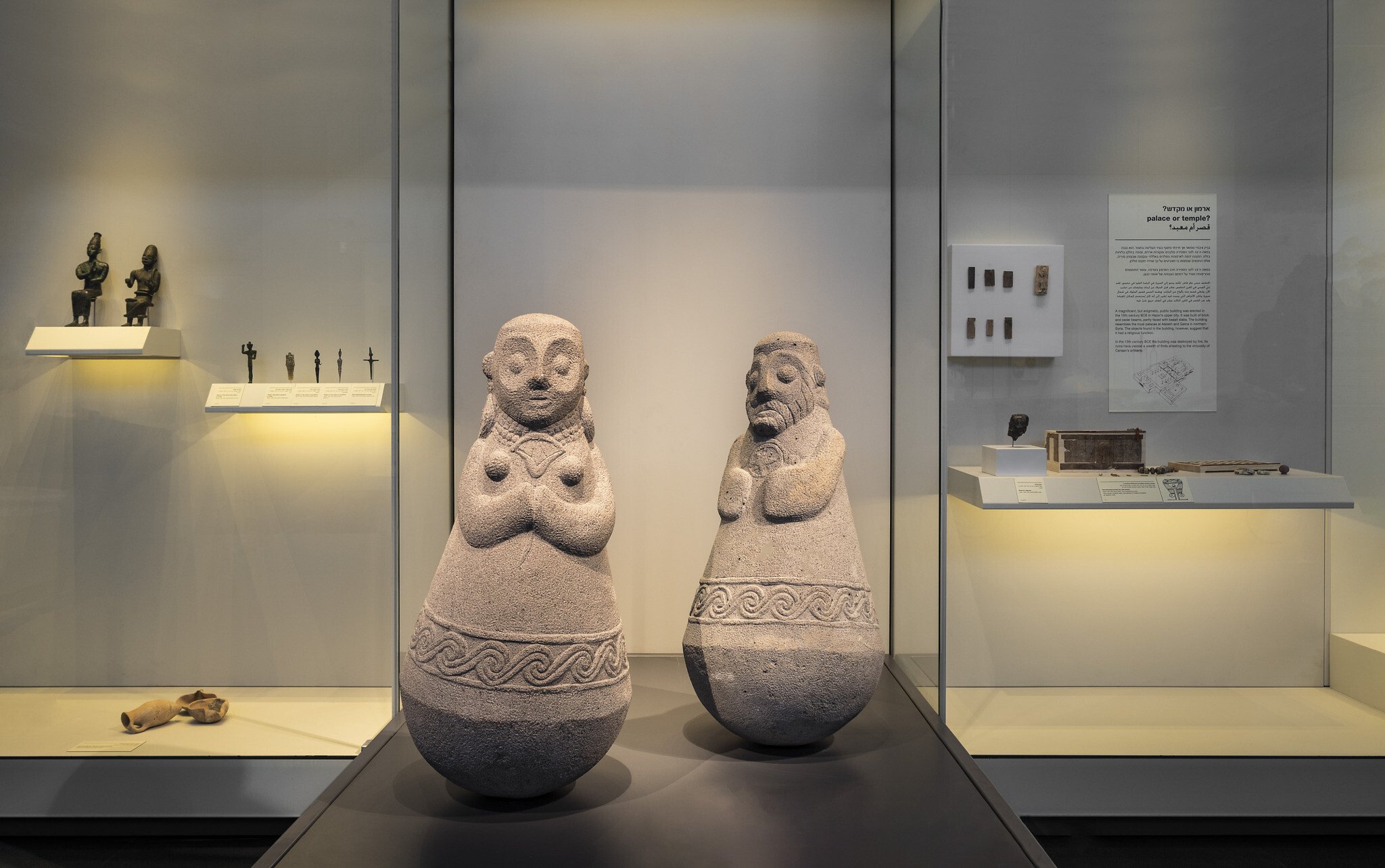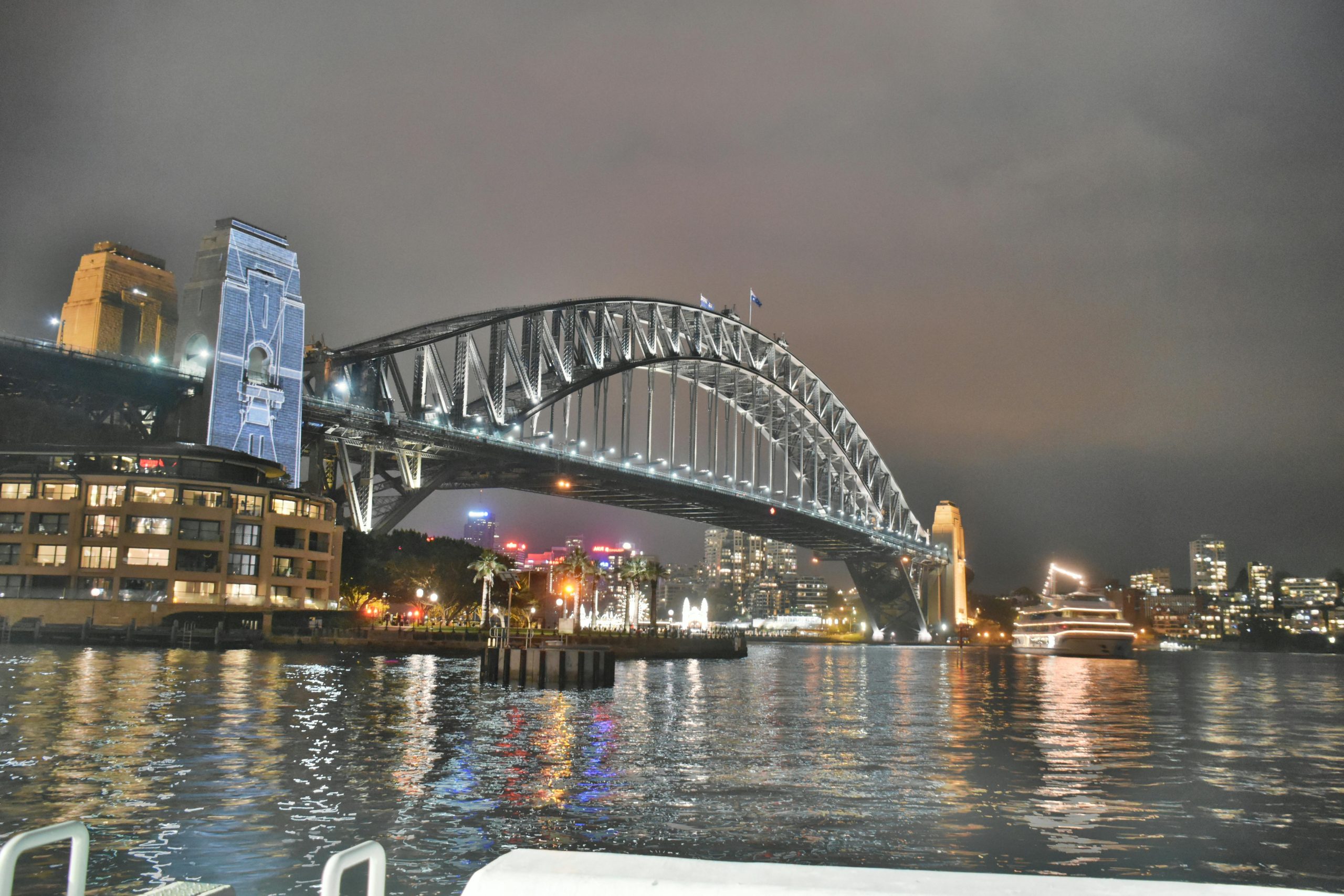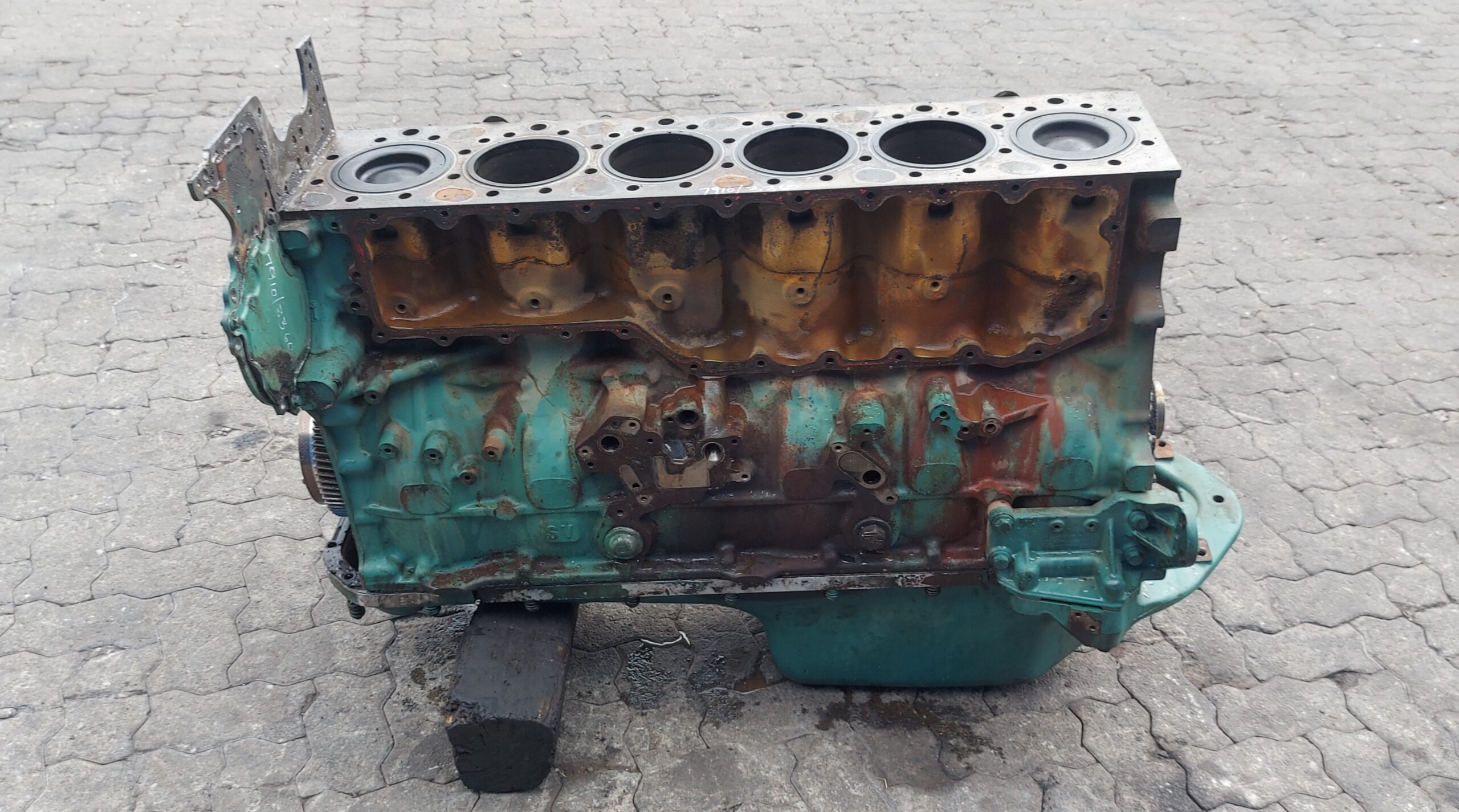Introduction
Jerusalem has always been more than just a city—it is a crossroads of faith, history, and human expression. Among its many treasures, the Jerusalem Art Museum stands as a cultural beacon, preserving centuries of creativity while celebrating the city’s rich spiritual heritage. Known for its remarkable collections and architectural beauty, this museum serves as both a sanctuary for art lovers and a testament to the enduring power of creativity across generations.
In this article, we will explore the history, collections, and significance of the Jerusalem Art Museum, uncovering why it is considered one of the most important cultural institutions in the world.
The Origins of the Jerusalem Art Museum
A Vision Rooted in Heritage
The establishment of the Jerusalem Art Museum was not merely about creating another exhibition space. It was a conscious effort to honor the city’s multi-layered history and diverse cultural influences. From biblical traditions to modern artistic innovation, the museum was envisioned as a living bridge between the past and the present.
Architectural Brilliance
The architecture of the Jerusalem Art Museum itself is a masterpiece. Inspired by the city’s unique landscape and historical motifs, the design harmonizes with the sacred atmosphere of Jerusalem. Its halls and galleries are structured to lead visitors on a journey—each section telling a story through light, space, and artistry.
The Rich Collections of the Jerusalem Art Museum
Ancient Art and Archaeological Treasures
One of the museum’s most captivating features is its extensive collection of ancient artifacts. Visitors encounter pieces that date back thousands of years, offering glimpses into civilizations that once thrived in the region. These artifacts not only display remarkable craftsmanship but also reveal the spiritual and cultural practices of earlier societies.
Religious and Sacred Art
Jerusalem is revered by Jews, Christians, and Muslims alike, and this profound spiritual diversity is reflected in the museum’s religious art collection. From illuminated manuscripts to intricate mosaics and sacred relics, the exhibits highlight the artistic expressions of faith that have flourished here for centuries.
Modern and Contemporary Works
While the Jerusalem Art Museum pays homage to its past, it also embraces modernity. Contemporary art installations, paintings, and sculptures from both local and international artists fill its galleries. These works reflect the ongoing dialogue between tradition and innovation, making the museum a vibrant space for artistic exploration.
Cultural Significance of the Jerusalem Art Museum
A Global Center for Artistic Exchange
The Jerusalem Art Museum is more than a local attraction—it is an international hub where artists, scholars, and enthusiasts come together. Through exhibitions, workshops, and collaborations, it fosters global connections while showcasing Jerusalem’s role as a cultural capital.
Preserving Faith Through Creativity
The museum embodies the idea that faith and art are inseparable. By preserving sacred artifacts and displaying works inspired by religious devotion, it reminds visitors that creativity is one of humanity’s most profound ways of expressing belief.
Educational Programs and Community Engagement
Beyond exhibitions, the museum plays a vital educational role. Programs for children, students, and families encourage a deeper understanding of art and history. This outreach ensures that future generations continue to appreciate the values of creativity and cultural preservation.
Visitor Experience at the Jerusalem Art Museum
A Journey Through Time
Stepping into the museum is like embarking on a time-traveling adventure. Visitors move seamlessly from ancient galleries filled with relics to modern wings featuring avant-garde art. Each room is designed to engage the senses and provoke thought.
Guided Tours and Interactive Exhibits
To enhance the experience, the Jerusalem Art Museum offers guided tours led by knowledgeable curators. Interactive displays allow visitors to engage with art in innovative ways, making the museum accessible and enjoyable for people of all ages.
The Museum Café and Gift Shop
After exploring, visitors can relax at the museum’s café, which offers a serene atmosphere with views of Jerusalem’s historic skyline. The gift shop, stocked with books, replicas, and artisan crafts, allows guests to take a piece of their museum experience home.
The Museum as a Living Legacy
Bridging Past, Present, and Future
The Jerusalem Art Museum is not a static institution. It continually evolves, curating exhibitions that resonate with contemporary audiences while maintaining its commitment to preserving history. This dynamic approach ensures that the museum remains relevant and inspiring for generations to come.
Symbol of Unity in a Divided World
In a city often associated with conflict, the museum stands as a symbol of unity. Through its celebration of shared heritage and creativity, it provides a space where people of different backgrounds can find common ground.
Why the Jerusalem Art Museum Matters
The significance of the Jerusalem Art Museum extends far beyond its walls. It is a repository of human creativity, a guardian of faith-inspired art, and a gathering place for those who seek meaning through culture. Whether you are a historian, an artist, or a curious traveler, the museum offers an unparalleled journey into the heart of Jerusalem’s identity.
Conclusion
The Jerusalem Art Museum is not simply a building filled with art—it is a legacy of faith, creativity, and resilience. From ancient treasures to modern masterpieces, it tells the story of humanity’s quest to express the sacred and the beautiful. For visitors, it offers more than a cultural experience; it provides inspiration, reflection, and connection to something greater than themselves.
If you ever find yourself in the Holy City, make the Jerusalem Art Museum a priority on your journey. It is a place where art and faith converge, leaving every visitor with a deeper appreciation of Jerusalem’s enduring legacy.











Leave a Reply